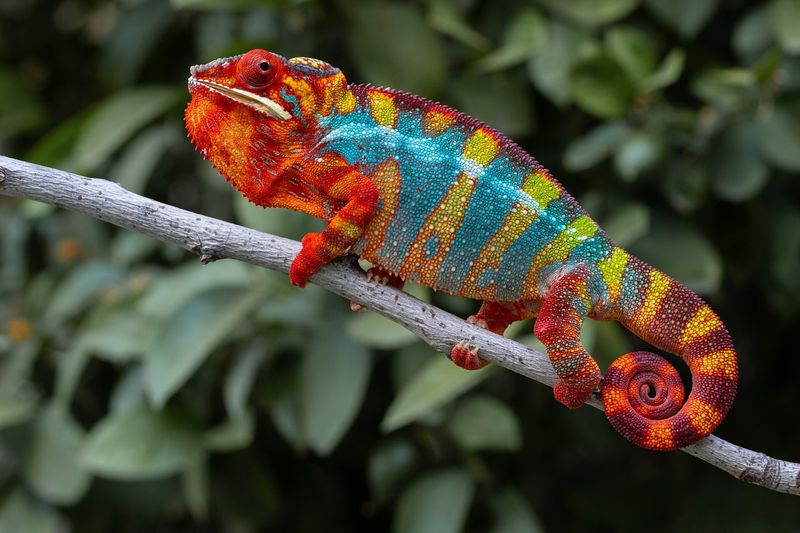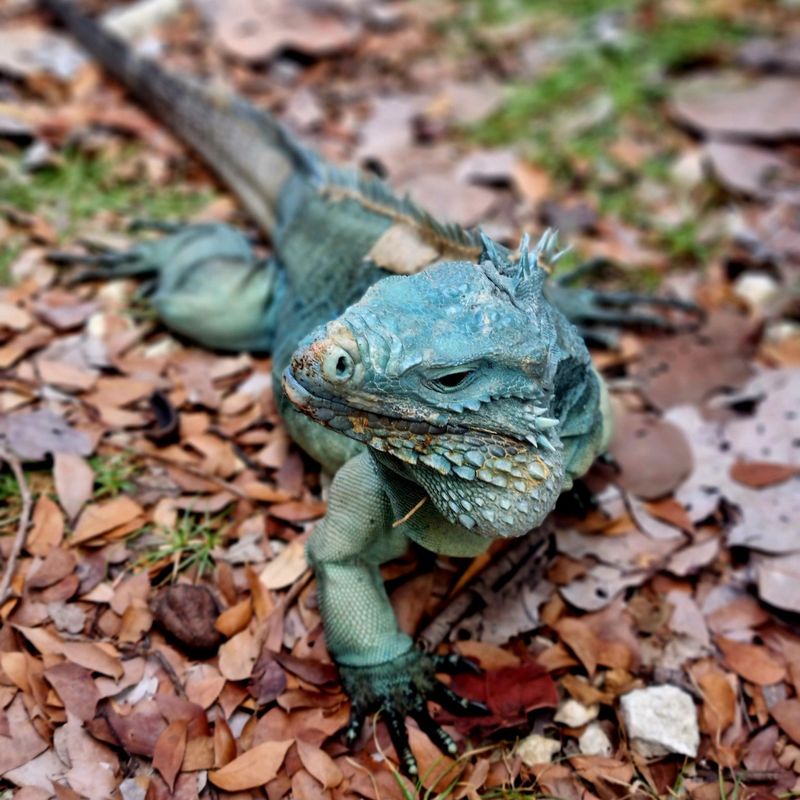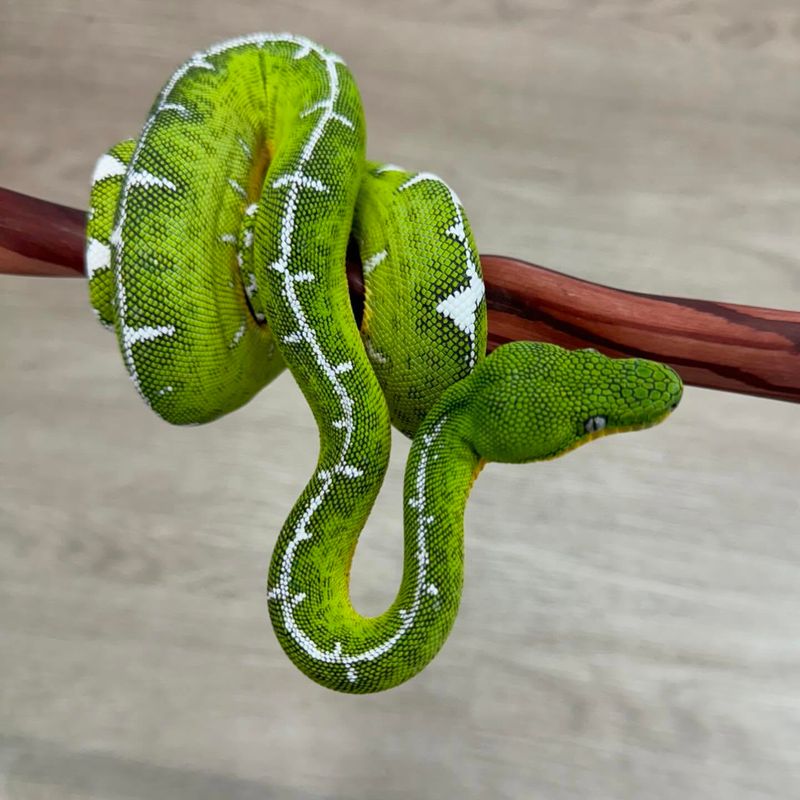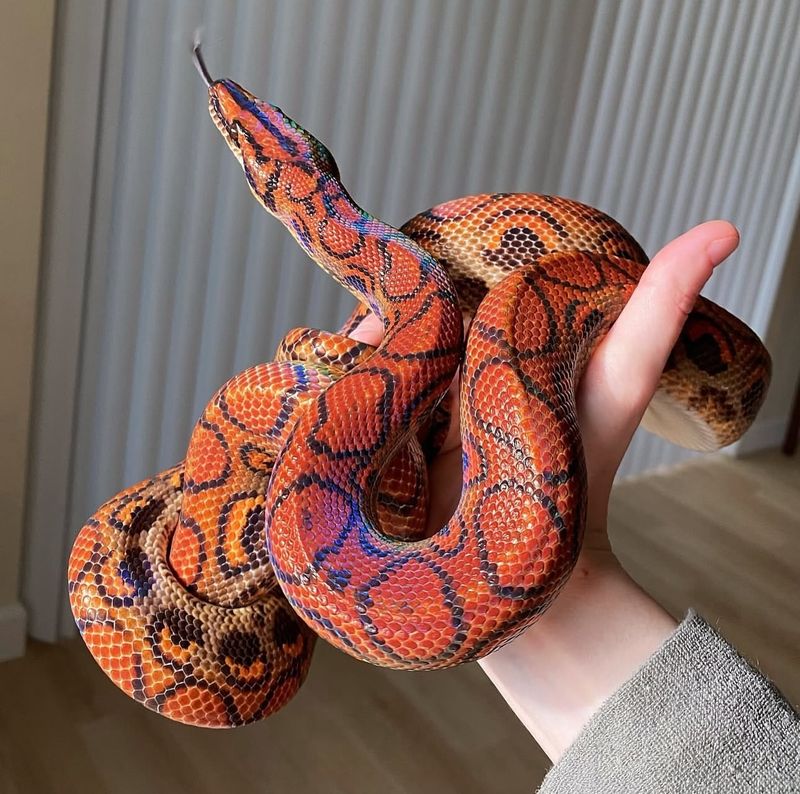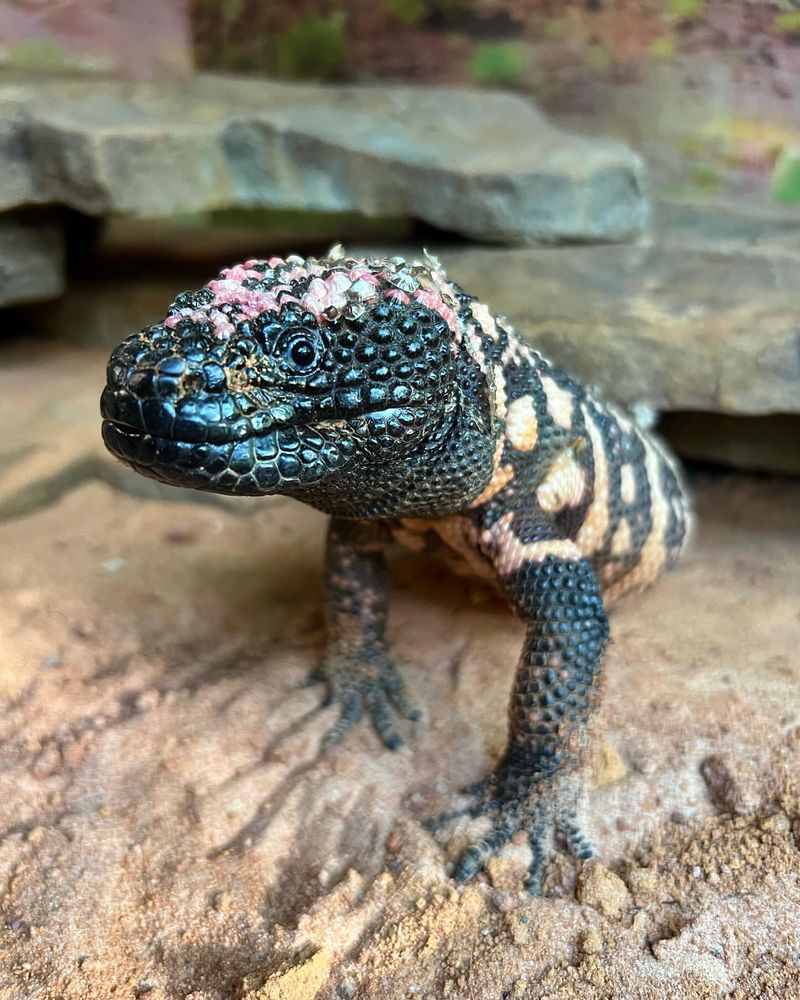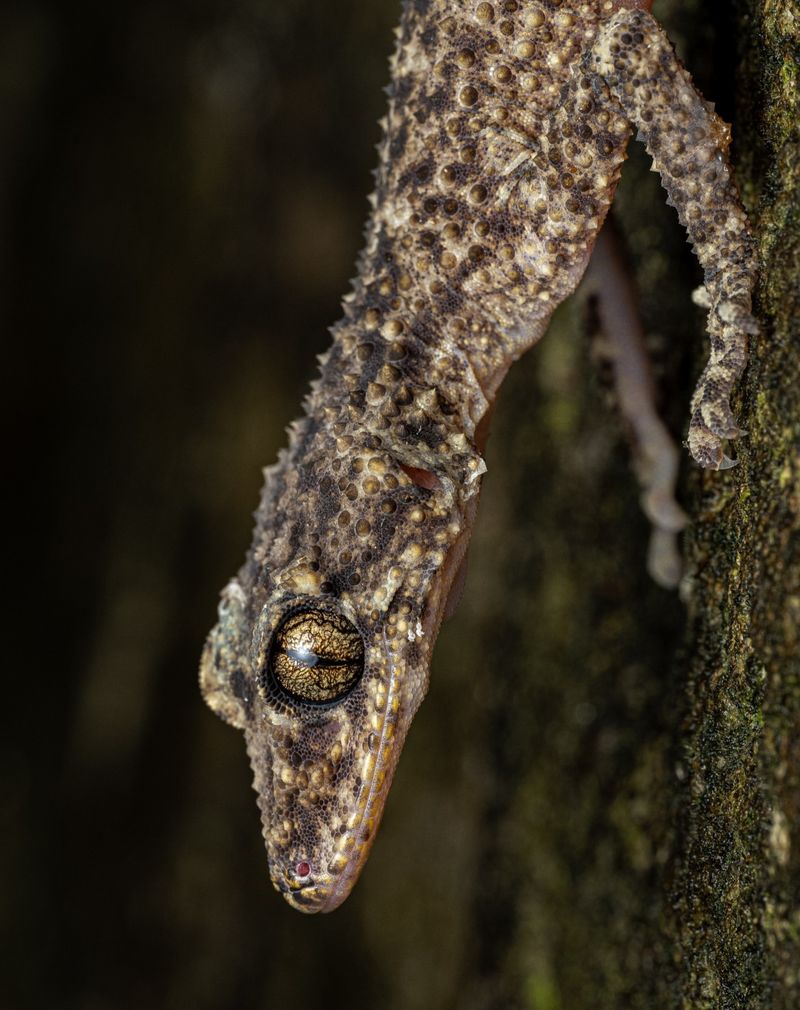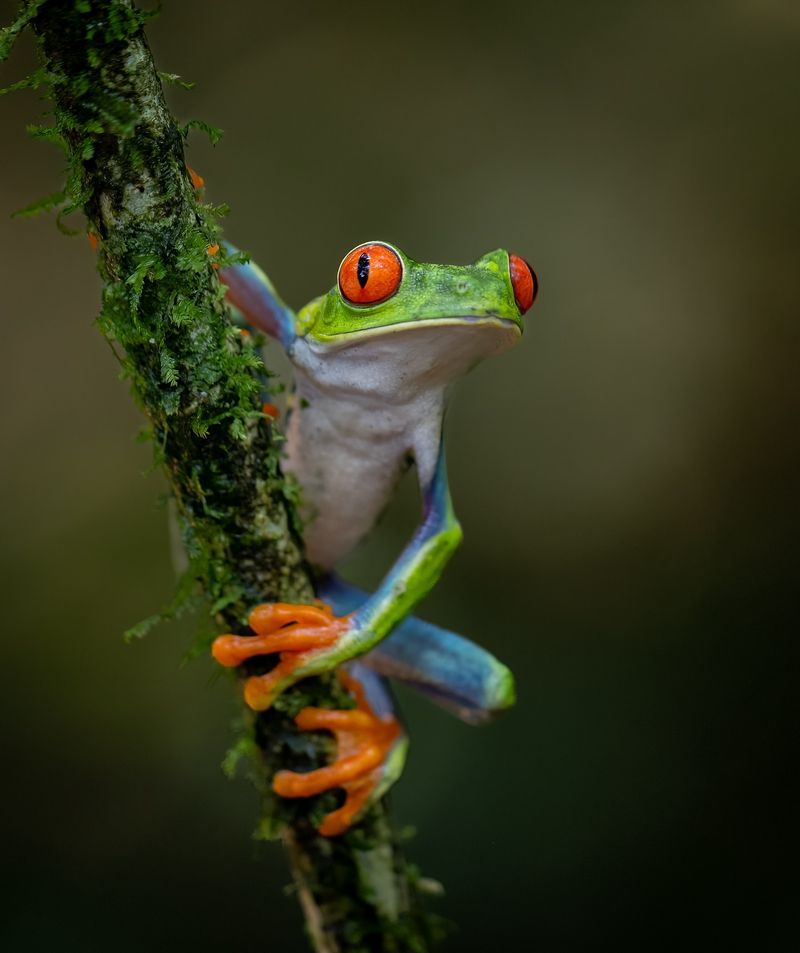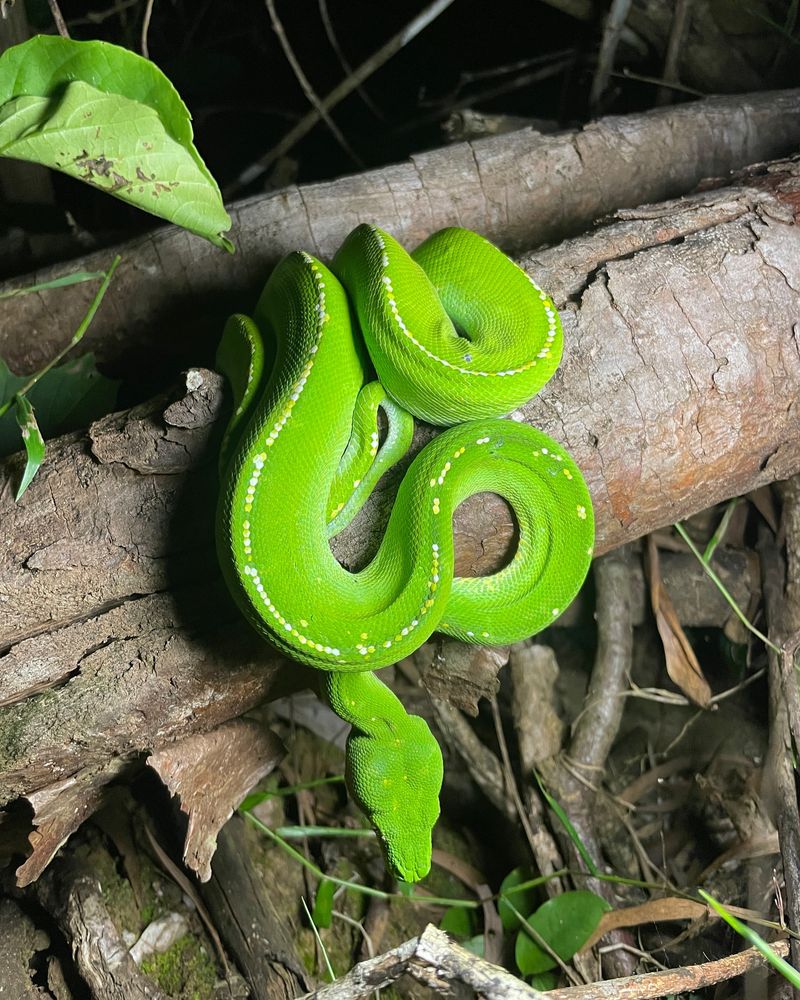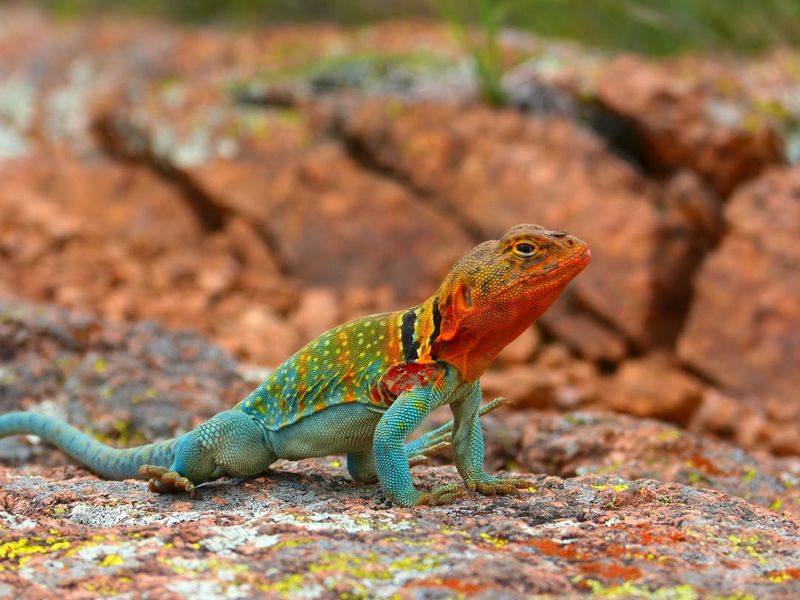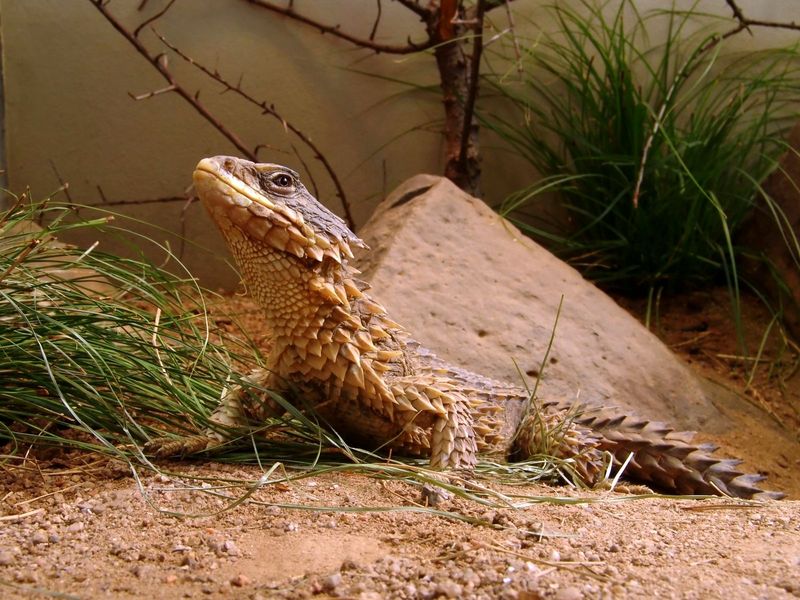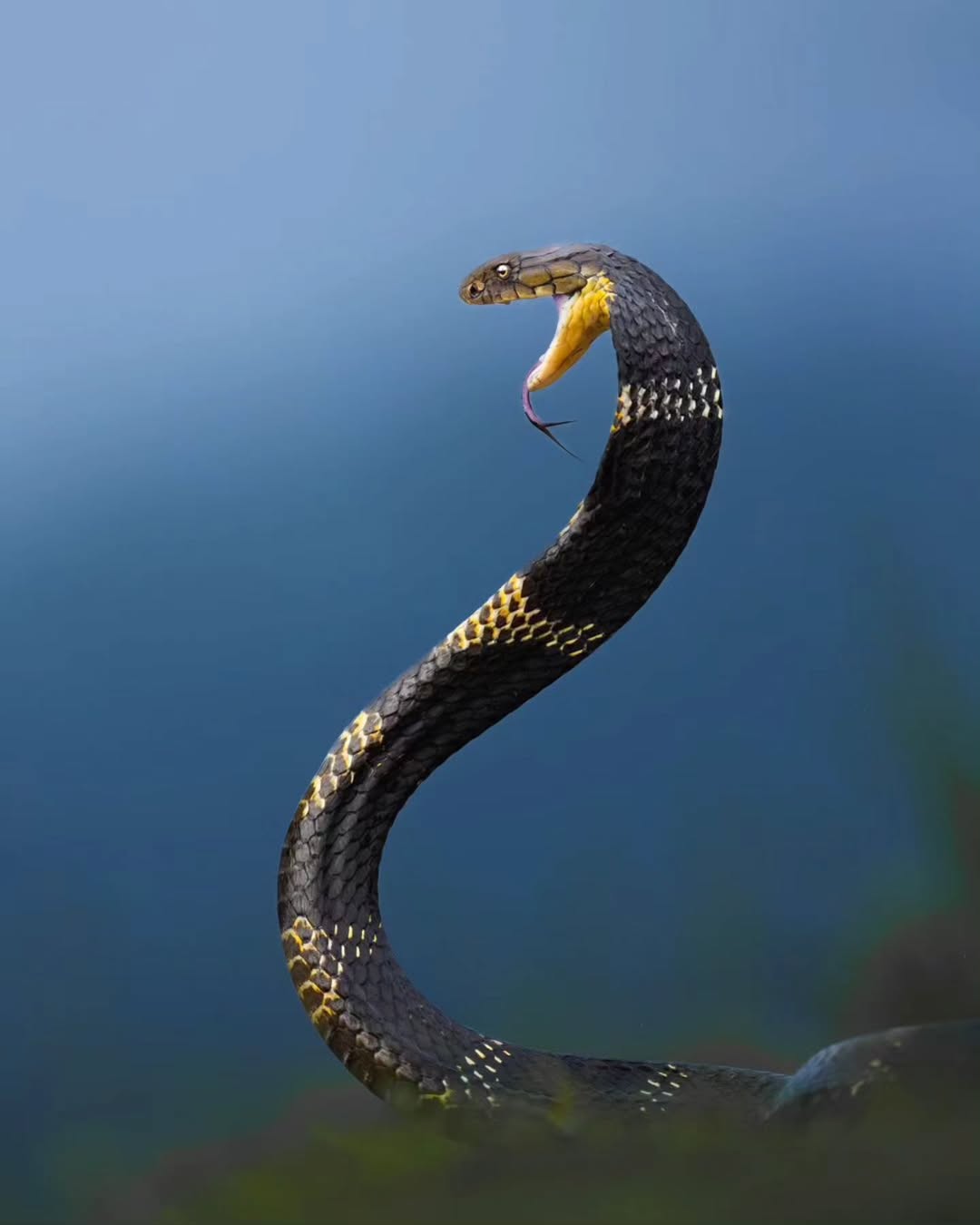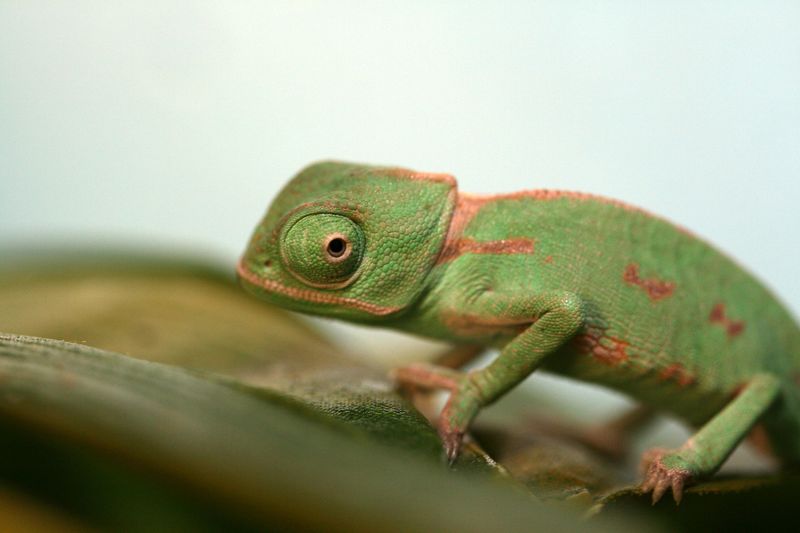📖 Table of Content:
Nature’s artistry is on full display in the world of reptiles, where vibrant colors and intricate patterns serve as both camouflage and spectacle. These designs aren’t just about survival—they reflect the boundless creativity of evolution, turning every scale into a masterpiece. From shimmering blues to fiery reds, reptiles showcase a natural brilliance that feels almost otherworldly.
Each reptile tells a story through its colors, blending into surroundings or dazzling potential mates with displays of vibrant hues. Their appearances often serve a dual purpose: protecting them from predators while simultaneously flaunting their evolutionary success. It’s this balance between function and beauty that makes these creatures so fascinating.
You’ll discover 13 reptiles that redefine what it means to stand out in the natural world. Their extraordinary patterns and vivid shades are living proof that nature is the ultimate artist. Prepare to be captivated by the creativity and splendor these reptiles bring to the table.
1. Panther Chameleon
Native to Madagascar, the panther chameleon is a marvel of nature’s palette. Its skin can display a stunning array of colors, including bright reds, blues, and greens. This chameleon uses its colors not just for camouflage, but also for communication and temperature regulation.
In the wild, these colors can change rapidly, reflecting the chameleon’s mood or environment. Observing a panther chameleon is like watching a living canvas where nature paints with every hue imaginable. It’s a vivid reminder of the complex beauty that exists in the animal kingdom.
2. Blue Iguana
The blue iguana of Grand Cayman is a sight to behold with its striking azure scales. This reptile’s color is not just for show; it’s an adaptation to its specific environment. The blue hue helps it absorb sunlight more efficiently, vital for its cold-blooded metabolism.
These iguanas are also symbols of conservation success, having been brought back from the brink of extinction. Their vibrant color and resilience make them an extraordinary example of nature’s adaptability and beauty, thriving in a unique habitat.
3. Emerald Tree Boa
A rainforest jewel, the emerald tree boa dazzles with lush green scales and elegant white markings. Hidden within the Amazon’s verdant canopy, this snake masters the art of camouflage, blending effortlessly with its surroundings.
The striking contrast of green and white isn’t just for aesthetics; it’s crucial for its ambush hunting strategy, where it waits patiently for prey. This boa exemplifies how nature uses color both as a tool for survival and a work of art, a testament to evolutionary ingenuity.
4. Jackson’s Chameleon
With its trio of horns, Jackson’s chameleon stands out as a striking creature native to Kenya. Its vibrant green body serves a dual purpose—captivating in beauty and essential for blending seamlessly into the lush foliage of its habitat.
These chameleons are adept at using their color-changing ability to communicate and regulate their body temperature. Observing Jackson’s chameleon offers insight into the dynamic ways reptiles have evolved to make the most of their environment while dazzling onlookers with their vibrant presence.
5. Rainbow Boa
Native to the forests of South America, the rainbow boa captivates with its iridescent scales that shimmer brilliantly in the light. This dazzling reflection produces a rainbow effect, an optical illusion that heightens the snake’s natural allure.
The rainbow boa’s coloration serves more than just a visual feast; it’s a clever adaptation for blending into the dappled sunlight of its forest home. This species highlights how evolution crafts creatures that are not only effective survivors but also spectacularly beautiful.
6. Gila Monster
Boasting a striking orange and black pattern, the Gila monster stands out as one of the few venomous lizards. Found in the southwestern USA, its vivid coloration serves as a bold warning to potential predators of its potency.
The Gila monster’s colors are a form of aposematism, where bright patterns signal danger. Despite its fearsome reputation, this lizard is a marvel of ecological adaptation, thriving in arid conditions. Its bold colors and survival strategies make the Gila monster a fascinating example of nature’s intricate designs.
7. Leaf-Tailed Gecko
A master of disguise, the leaf-tailed gecko wields a tail that flawlessly mimics a dried leaf. Native to Madagascar, this remarkable reptile uses its cryptic coloration to vanish into the forest floor or tree bark, evading predators with ease.
This camouflage is not just for hiding; it’s a critical survival strategy to avoid predators. The leaf-tailed gecko embodies nature’s genius at its finest, where every scale is a stroke in nature’s ultimate painting. Its existence highlights how evolution can craft spectacular adaptations.
8. Red-Eyed Tree Frog
An icon of tropical rainforests, the red-eyed tree frog captivates with its vivid green body and striking red eyes. This brilliant color combination serves as an evolutionary adaptation called ‘startle coloration,’ crafted to confuse and deter predators.
When at rest, the frog’s colors are concealed, but when threatened, its eyes pop open, startling potential threats. This frog’s vibrant palette demonstrates nature’s ability to combine beauty with function, creating a creature as intriguing as it is visually stunning.
9. Green Tree Python
A visual feast, the green tree python dazzles with bright green scales adorned with occasional yellow specks. Native to New Guinea, its vivid coloration is perfectly suited for life in the trees, where it stealthily ambushes prey from above.
The python’s hue provides perfect camouflage in the dense foliage, making it an effective predator. Watching a green tree python is like observing a symphony of color and stealth, where nature’s design meets the practical demands of survival.
10. Eastern Collared Lizard
A vibrant resident of North America’s deserts, the eastern collared lizard dazzles with its bright blue and orange hues. This striking appearance doubles as camouflage against rocky terrain and a bold display during mating rituals.
The lizard’s coloration is a testament to nature’s ability to blend aesthetics with survival tactics, ensuring that the species thrives in its harsh environment. Observing this lizard is to witness nature’s art in motion, perfectly adapted to its surroundings.
11. Sungazer Lizard
Famous for basking in the sun, the sungazer lizard of South Africa showcases a spiky, golden-brown appearance. This unique coloration provides camouflage in the grasslands, while its sharp spikes offer a strong defense against predators.
This lizard is not just about appearance; its social structure is complex, living in colonies where it interacts with others. The sungazer lizard is a symbol of survival and adaptability, showcasing how nature designs creatures that are both functional and fascinating.
12. King Cobra
Revered and feared, the king cobra commands attention with its muted brown and black scales. This subtle coloration provides effective camouflage in its forest habitat, aiding in both stealthy hunting and evading potential threats.
Despite its fearsome reputation, the king cobra is a masterpiece of evolution, using its colors and behavior to thrive. Its presence in the wild is a testament to nature’s ability to craft creatures of significant power and beauty, perfectly suited to their environments.
13. Veiled Chameleon
The veiled chameleon is a vibrant native of the Arabian Peninsula, known for its striking green and yellow colors. Its hues help it blend into both foliage and arid landscapes, essential for its survival.
Color changes are part of its communication and social interactions, showcasing how reptiles use visual signals in complex ways. This chameleon’s vivid colors and adaptive strategies highlight the intricate ways nature crafts survival tools that are also visually stunning.

